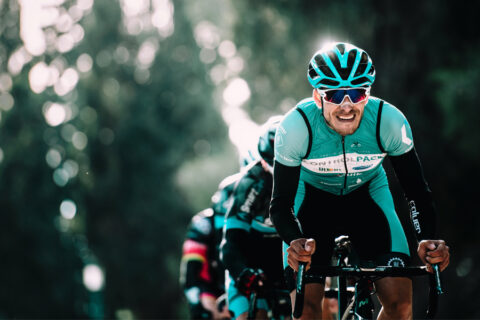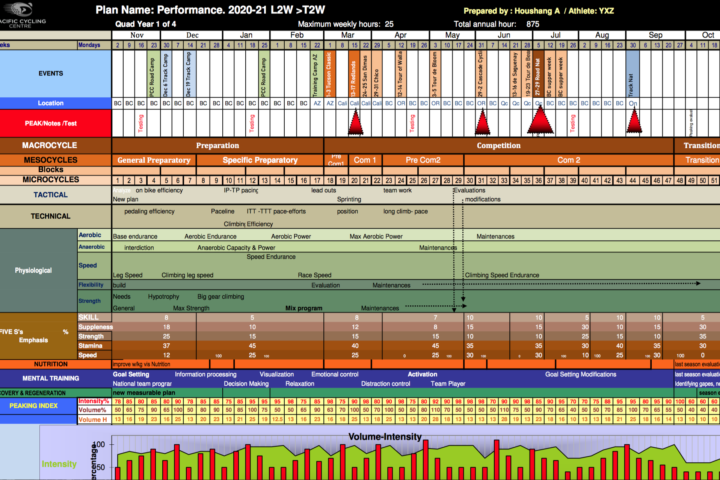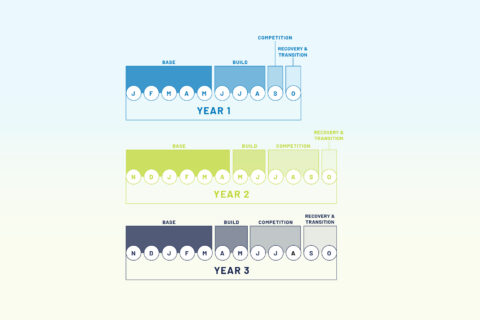
Polarized Training Pathway
In collaboration with Dr. Stephen Seiler, the “father of polarized training,” we have curated everything you need to know about the 80/20 training method.

Cycling training is a science and an art. How endurance athletes train, when they train, and the intensity and duration of that training all affect the gains and adaptations they see.
Proper interval execution is essential to see the expected progress. How you analyze and interpret all that data is equally valuable. Of course, training needs to be planned so it fits into any given season, race schedule, and lifestyle. Off the bike, the importance of strength and conditioning is often neglected.
This is training. This process is what athletes live for.

In collaboration with Dr. Stephen Seiler, the “father of polarized training,” we have curated everything you need to know about the 80/20 training method.

Interval workouts are a fundamental part of any endurance training program. Learn exactly what intervals are, why they are so important, and how to properly execute interval workouts with the help of Sebastian Weber, Neal Henderson, and Dr. Stephen Seiler.

We review the art and science of developing and maintaining an annual training plan, which helps athletes progress and perform at their best.

It’s hard to find time to fit in the long, slow miles that traditionally comprise the base season. Coach Trevor Connor offers suggestions for improving life-training balance, understanding quality versus quantity, and more.

We explore what it takes to develop from a recreational triathlete into an IRONMAN World Championship qualifier.

An athlete’s rate of perceived exertion, or RPE, is one of the most underappreciated metrics. For ultra-athletes who are closely in touch with their bodies and minds, working with RPE is an essential component to training and racing.

If you’re looking to tackle some ultra-endurance events it’s important to take a longer-term approach to your training that extends beyond a single season. We explain how and why.

Run your target marathon pace by developing basic speed before anything else.

You know your workout is supposed to be easy, but you just can’t help dropping the hammer sometimes. A leading neuroscientist lifts the lid on what’s going on in your brain when this happens—and what you can do about it.